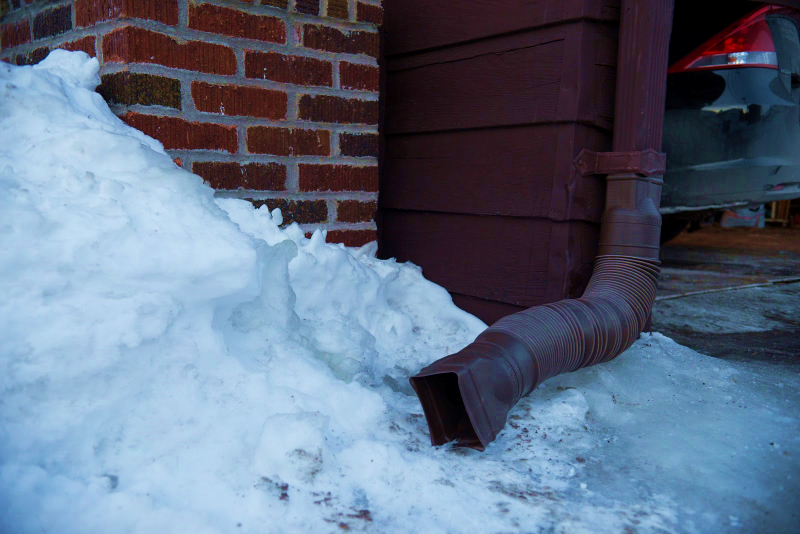Now that winter is almost here, it is worthwhile to think about what to do if you are injured as a result of slipping and falling on ice. It is very important in this situation to immediately take photographs of the dangerous condition. Unlike other dangerous conditions that can cause injury, all evidence of dangerous, icy walkways, parking lots, or stairways starts disappearing as soon as the temperature rises above freezing. For this reason, it is essential to take photographs of the site where you fell immediately, if you suspect that you may have been injured. If you are unable to take the photographs yourself, ask a friend or co-worker to visit the site to obtain photos.
Ice is very good at two things: Being very slippery and melting. Promptly taking photographs after a slip and fall might keep your personal injury claim from going down the drain.
Many times, your initial reaction will be that you are fine. That is, of course, until you wake up the next morning after your injuries have had a full night of swelling. On top of this, you did not take photos immediately following your fall. All might not be lost. In this situation, the sooner someone heads back to the location where you fell, the better the chances that you will be able to gather photographic evidence to support your claim that the landowner failed to take reasonable steps to remove or treat dangerous conditions.
We reported on a case a few months ago that demonstrates the importance of taking photographs right away. In that case, a police officer was investigating an incident at a home. He slipped on ice in the driveway and broke his leg. A fellow officer took plenty of photographs to document the condition of the driveway and at the home soon after the officer fell. The photos clearly showed the ice on the driveway at the location where the officer fell. In particular, the photos showed the location of a downspout that emptied water onto that location and caused the ice to form. This evidence was critical as it showed why there was ice in a location one would not expect ice to form. The photos of the downspout did one more thing – they showed that the homeowner could have easily prevented the ice, and the injury, by re-directing the meltwater from the downspout away from the driveway. On the strength of these photographs we were able to convince the homeowner’s insurance company to provide full and fair compensation for the officer’s injuries.
– Paul Johnson, Esq.

